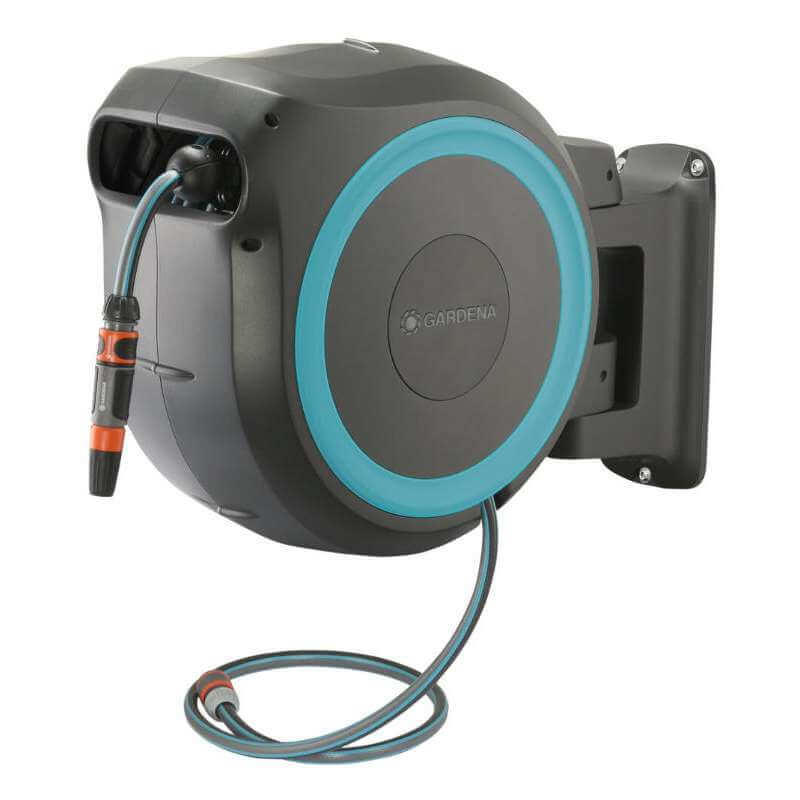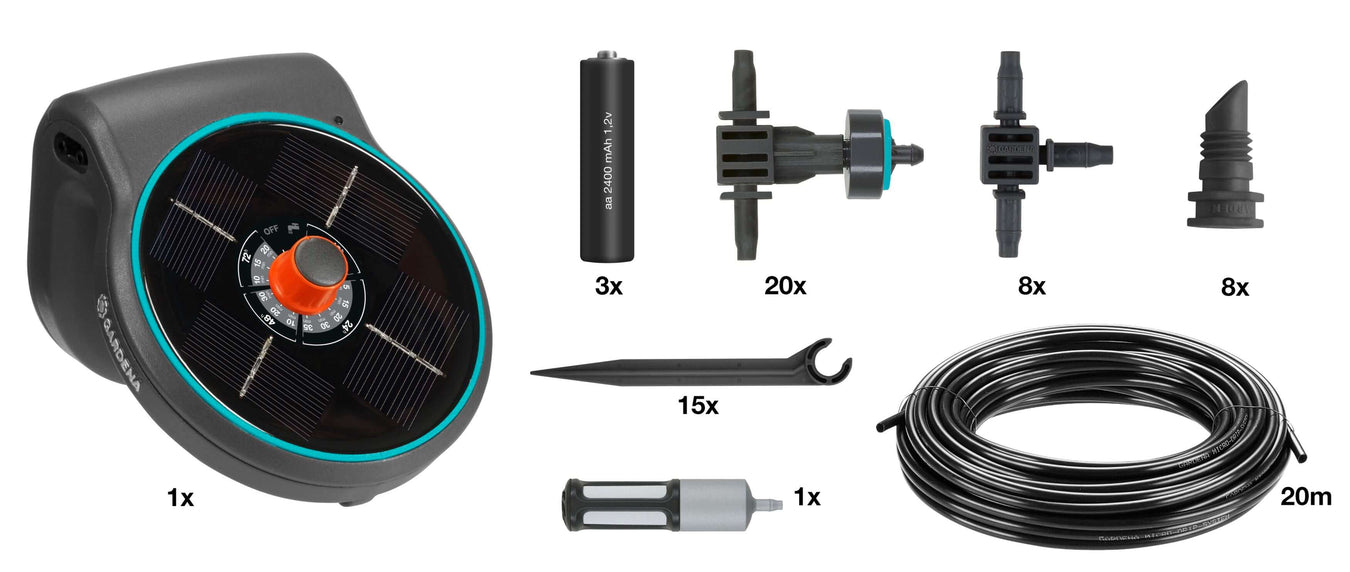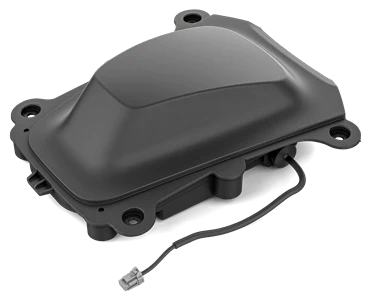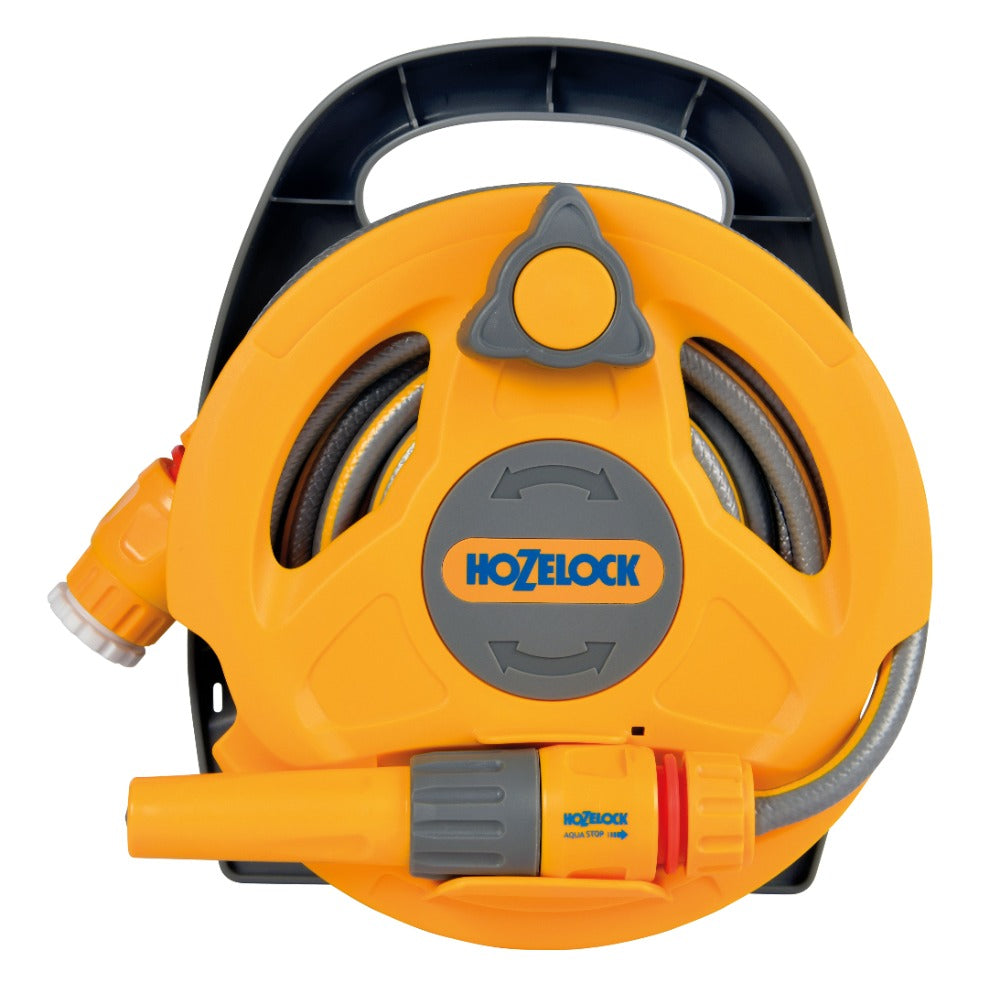(Mon-Fri 9.30am-4.30pm)
How to look after Honeysuckle
Honeysuckle is a popular and attractive flowering vine known for its fragrant blossoms and twining growth habit. Proper care and maintenance are essential to ensure its health and encourage abundant blooms. Here's a comprehensive guide to looking after honeysuckle:

**1. Choose the Right Location: Plant honeysuckle in a location that receives partial to full sunlight. Ensure the soil is well-draining and fertile.
**2. Planting: Plant honeysuckle in the spring or fall. Dig a hole slightly larger than the root ball, place the plant, and backfill with soil. Water thoroughly after planting.
**3. Watering: Keep the soil consistently moist, especially during the growing season. However, avoid waterlogged conditions. Water at the base of the plant to prevent fungal issues.
**4. Mulching: Apply a layer of mulch around the base of the plant to retain moisture, suppress weeds, and maintain a cool root environment.
**5. Pruning: Regular pruning is essential for maintaining honeysuckle's shape and promoting new growth. Prune after flowering to remove dead or diseased branches and shape the plant. You can also prune lightly in late winter to control its size.
**6. Support and Training: Provide a sturdy trellis, fence, or other support structure for the vine to climb. As the vine grows, gently train it along the support to encourage upward growth.
**7. Fertilizing: Apply a balanced, slow-release fertilizer in the spring, as new growth emerges. Avoid excessive nitrogen, as it can promote foliage growth at the expense of blooms.
**8. Pest and Disease Control: Keep an eye out for pests like aphids, spider mites, and scale insects. Treat infestations promptly with insecticidal soap or neem oil. Proper spacing and good air circulation can help prevent fungal diseases.
**9. Overwintering: Most honeysuckle varieties are hardy, but if you experience harsh winters, provide a layer of mulch around the base of the plant to protect the roots.
**10. Deadheading: Deadhead faded flowers regularly to encourage continuous blooming and prevent seed formation.
**11. Propagation: Honeysuckle can be propagated through cuttings or layering. Take semi-hardwood cuttings in late summer and root them in well-draining soil.
**12. Variety-Specific Care: Different honeysuckle species and cultivars may have specific care requirements. Research the specific variety you have to ensure you're providing the best care.
**13. Monitoring and Maintenance: Regularly monitor your honeysuckle for signs of stress, disease, or pest infestations. Address issues promptly to prevent them from spreading.
**14. Attracting Pollinators: Honeysuckle's fragrant flowers attract pollinators like bees and butterflies. Encourage these beneficial insects by providing a diverse and pesticide-free garden environment.





